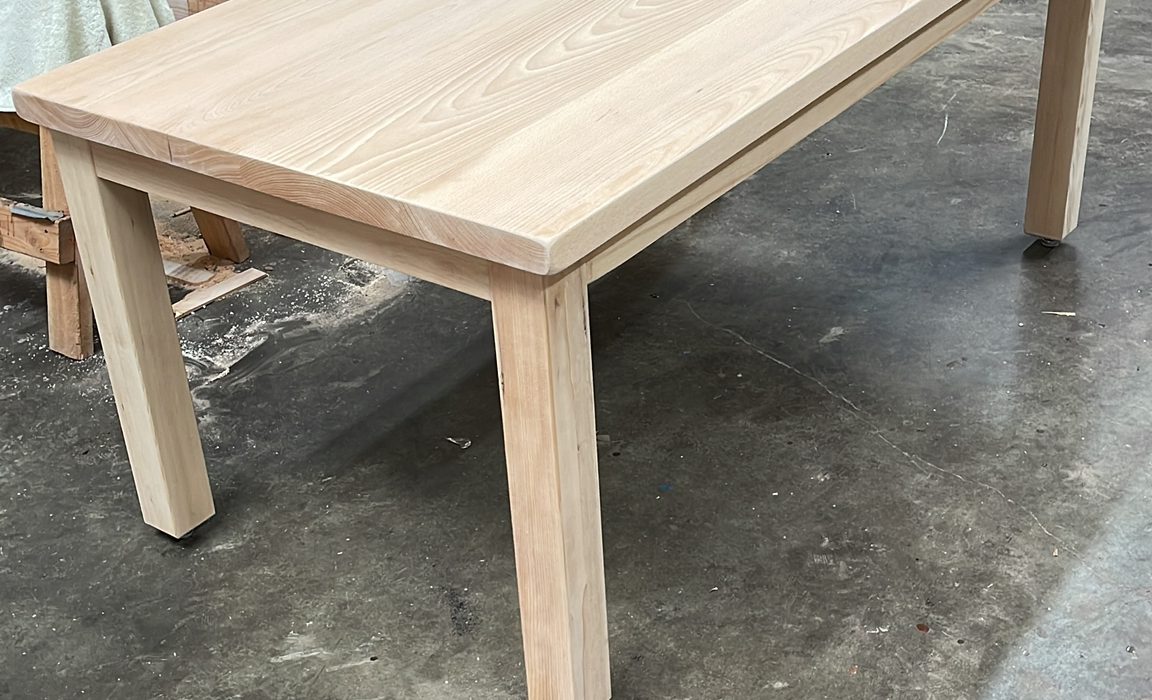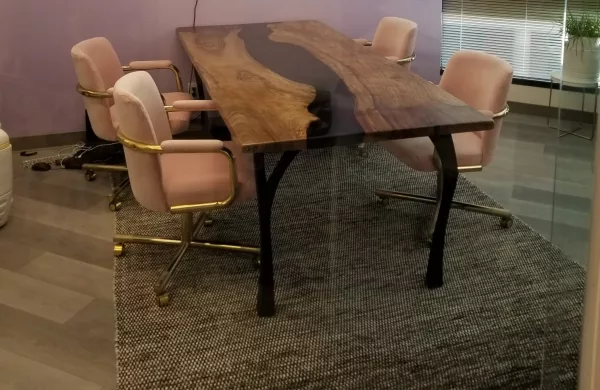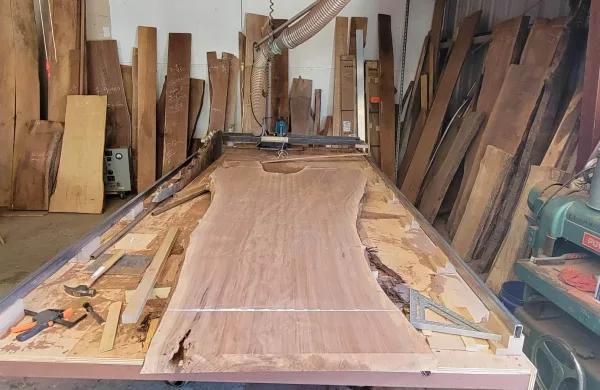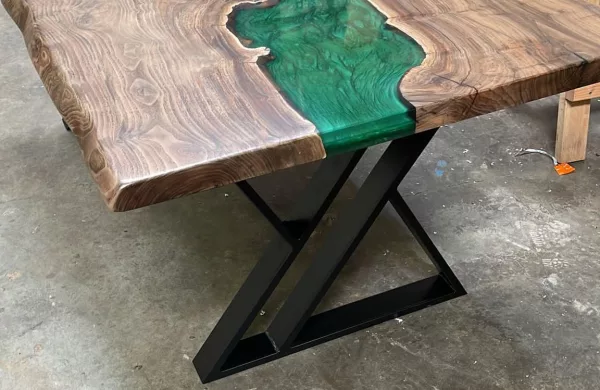
In the realm of modern interior design, the fusion of minimalist principles with the warmth and versatility of wood creates spaces that are both sleek and inviting. This text explores the seamless integration of wood into modern minimalist design, offering insights and inspiration for creating streamlined interiors that exude simplicity, elegance, and functionality.
Introduction
The introduction sets the stage by introducing the principles of modern minimalist design and highlighting the role of wood in achieving simplicity and elegance in contemporary interiors. It emphasizes the importance of balance, clean lines, and visual harmony in creating minimalist spaces that feel both serene and sophisticated.
Minimalist Wood Furniture
This section showcases minimalist wood furniture designs characterized by clean lines, geometric shapes, and functional simplicity. Through a curated selection of examples, readers gain an appreciation for the versatility and timeless appeal of minimalist wood furniture in modern interiors.
Achieving Simplicity with Wood
Strategies and techniques for incorporating wood elements into minimalist interiors are explored in this segment. From choosing furniture with clean silhouettes to embracing natural textures and finishes, readers learn how to create spaces that exude a sense of calm, balance, and visual harmony through the thoughtful use of wood.
Clean Lines and Wood Elements
The interplay between clean lines and wood elements in modern minimalist design is examined here. By highlighting the ability of wood to soften and complement angular forms, this section demonstrates how the judicious use of wood can create a cohesive and refined aesthetic in minimalist interiors.
Minimalist Wood Color Palettes
Presentation of minimalist color palettes for wood interiors forms the focus of this segment. Neutral tones, muted hues, and monochromatic schemes are explored as ways to enhance the simplicity and sophistication of minimalist design while allowing the natural beauty of wood to shine through.
Minimalist Wood Decor Ideas
Ideas and inspiration for minimalist wood decor are shared in this section, offering simple yet impactful accessories, artwork, and accents that complement modern minimalist interiors. From sculptural objects to understated textiles, these decor ideas add warmth and texture to minimalist spaces without detracting from their streamlined aesthetic.
Minimalist Wood Finishes
An overview of minimalist wood finishes, such as natural oils, clear lacquers, and matte varnishes, is provided in this segment. Readers learn how these finishes preserve the natural beauty of wood while maintaining a minimalist aesthetic, enhancing its durability and longevity in interior settings.
Simplistic Wood Design Aesthetics
The discussion shifts to the key design principles and aesthetics associated with minimalist wood design, including restraint, simplicity, and functionality. Through examples and analysis, readers gain insight into the essence of minimalist wood design and its ability to create spaces that are both beautiful and practical.
Wood Accents in Modern Minimalism
Examples of how wood accents can add warmth and texture to minimalist interiors without overwhelming the space are shared in this section. Whether in the form of architectural details, furniture legs, or decorative elements, wood accents play a crucial role in softening the aesthetic and creating visual interest in minimalist spaces.
Wood and Minimalistic Spatial Design
Strategies for incorporating wood into minimalist spatial design are explored here, emphasizing open floor plans, uncluttered layouts, and strategic use of natural light. Through these techniques, readers learn how to enhance the sense of space and airiness in minimalist interiors while celebrating the beauty of wood as a natural element.
Wood in Minimalist Interiors
Case studies and real-life examples of successful integration of wood into minimalist interiors are presented in this segment. Through these inspiring examples, readers gain a deeper understanding of the versatility and adaptability of wood in modern minimalist design, showcasing its ability to complement a wide range of design styles and preferences.
Conclusion
The conclusion offers a summarization of key points discussed and a final reflection on the role of wood in modern minimalist design. It encourages readers to embrace experimentation and creativity in their use of wood within contemporary interiors, reminding them of its enduring appeal and ability to elevate spaces with its warmth, texture, and timeless elegance.








